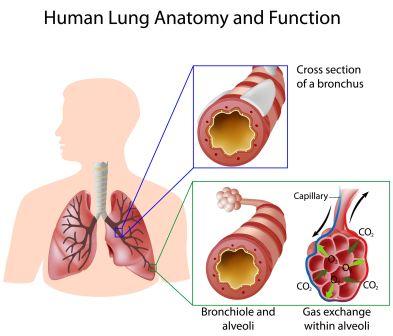Pranavaha Srotas: Channels Carrying Vital Life Element – Oxygen
Article by Dr Raghuram Y.S. MD (Ayu)
According to Sushruta – Pranavaha Srotas are 2 in number. They have their roots of origin in Hrudaya (heart) and Rasa vahini dhamanis (the vessels or channels or terminal branches of arteries which transport nutrition to various parts of the body)
Table of Contents
Injury symptoms
Symptoms of injury to Pranavaha Srotas:
- Aakroshana – Screaming
- Vinamana – Bending of body
- Mohana – Perplexing
- Bhramana – Giddiness
- Vepana – Tremors
- Maranam – Death

All these symptoms are those of low oxygenation or low nutrition. When there is total blockage of supply of oxygen and nutrients, it ultimately leads to death. This is also the earliest explanation available to show that the oxygen, which is the prime element representing the life and rasa or essential nutrients are transported in the same passage.
Roots of Srotas
According to Charaka – The roots of Pranavaha Srotas are located in
Hrudaya – Heart and
Maha Srotas – Greater srotas which is the abode of Amashaya and Pakwashaya (stomach, small intestines and large intestines)
The explanation of Charaka also is almost similar to Sushruta. He too has pointed towards the heart which supplies the nutrient Rasa to all the parts of the body being connected to the stomach and intestines.
This shows that the stomach produces the Ahara Rasa and the small intestine absorbs it. This is called Poshaka Rasa or nutrient essence of food. This Poshaka Rasa comes to the heart and is pumped through various dhamanis (arteries) to all parts of the body to provide the nutrition.
Pakwashaya or large intestine eliminates the waste products of digestion and keeps the body clean and sterile. This Stomach – Small intestine – Heart – Tissues – Large Intestine axis should be in perfect rhythm for the body functions to take place smoothly.
Vitiation symptoms
Symptoms of vitiation of Pranavaha srotas –
- Ati srushta shwasam – too long (prolonged) breathing
- Ati baddham – too short breathing (short of breathe)
- Kupitam shwasam – difficult breathing
- Alpam alpam shwasam – frequent and interrupted / intermittent breathing
- Abheekshnam shwasam – highly disturbed breathing patterns looking scary
- Sa shabda shwasam – abnormal sounds during breathing
- Sa shula shwasam – painful breathing
Both Charaka and Sushruta have included Hridaya or heart as the site of Pranavaha srotas. This also includes the lung and the whole respiratory apparatus entangled with heart. Thus the heart and lung disorders manifest with shwasa as one of the symptoms.
The mention of Rasavahini dhamanis by Sushruta points towards the nutritional imbalances causing Shwasa.
The mention of mahasrotas points towards the digestive imbalances and errors of metabolism causing pranavaha sroto dushti, shwasa being one of its complaints.
Thus treating pranavaha sroto dushti combats dyspnoea caused due to lung and heart pathology, nutritional impairment and errors of metabolism.
Causes for vitiation
Causes of Pranava Srotas vitiation:
Ref – Charaka Vimana 5/10
- Kshaya – depletion of tissues
- Sandhaaranaat – forcibly withholding the natural body reflexes or urges Example, those of stools, urine etc
- Roukshyaat – intake of dry foods
- Vyaayaamaat Kshudhitasya – excessive exercise in presence of hunger
- Anya daaruna kaarya – doing many such activities which are beyond ones physical capacity
Management of vitiation
Management of vitiation of Pranavaha Srotas –
The vitiation of Pranavaha Srotas should be managed on the lines of treatment of Hridroga (heart diseases), Kasa (cough) and Shwasa (breathing disorders, dyspnoea). When the symptoms of gastrointestinal tract like loss of appetite, indigestion, bloating, anorexia, regurgitation, constipation etc are found on the backdrop of vitiation of Pranavaha srotas or if those symptoms are associated with respiratory symptoms, the alimentary tract also should be effectively treated.
Click to consult Dr Raghuram Y.S. MD (Ayu) – email / skype








